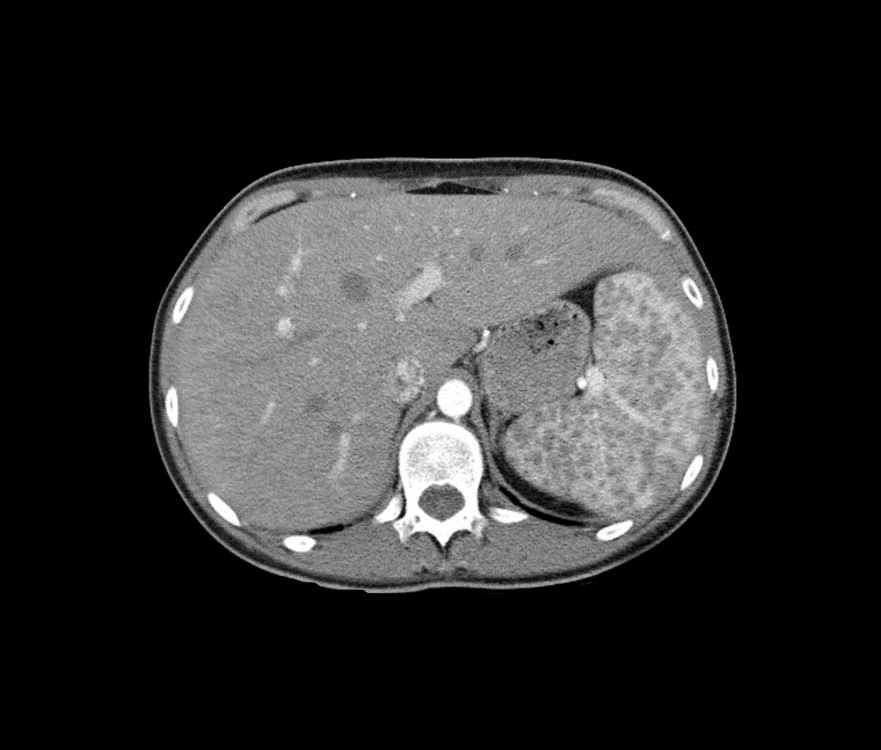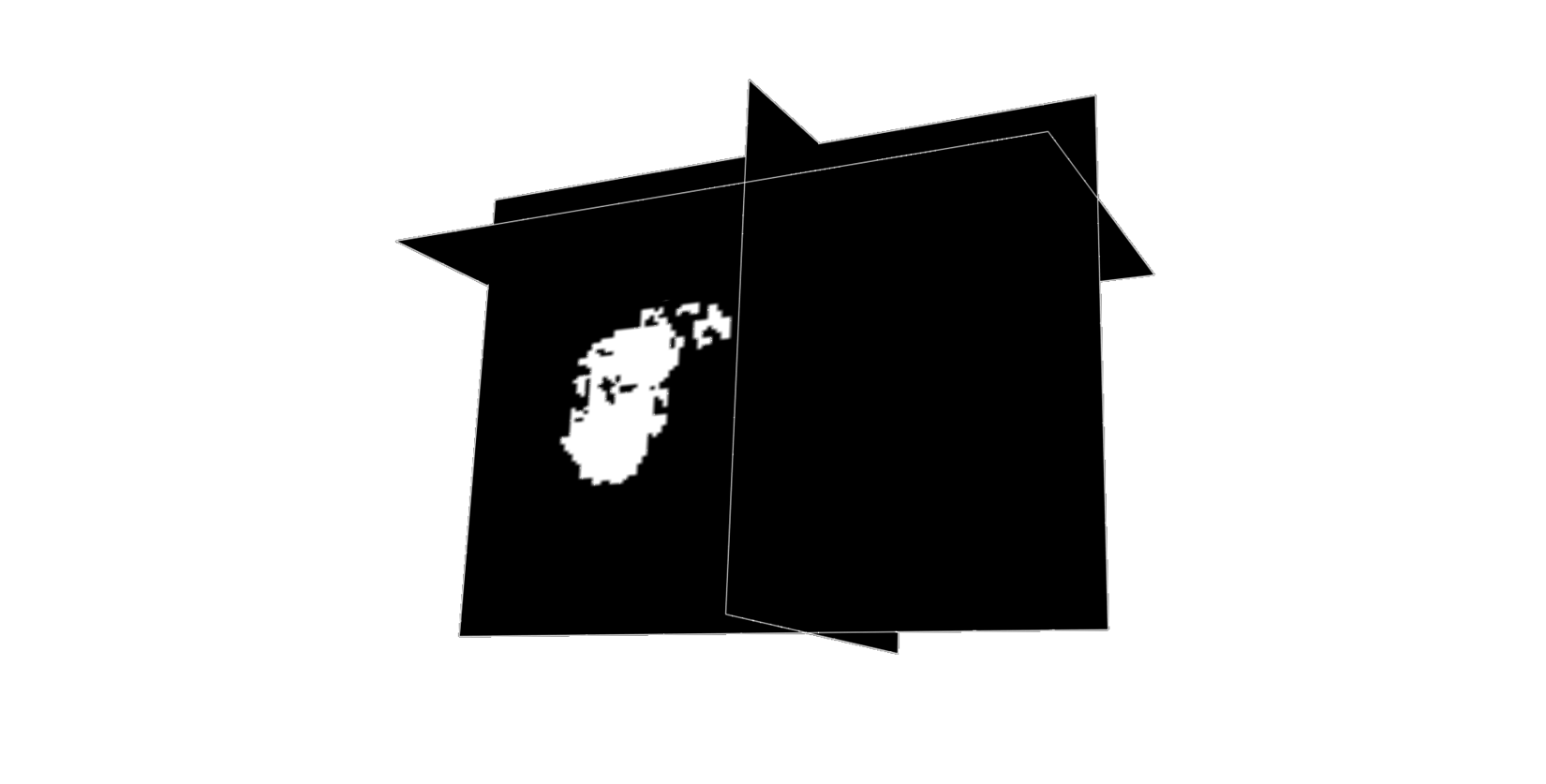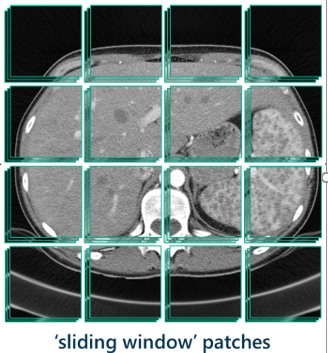Julia Gong
Julia Gong is a sophomore at Stanford University majoring in Mathematical and Computational Science and minoring in Linguistics. She started at SAS in the summer of 2016, when she created a skin cancer detection software at JMP using image analysis and statistical modeling techniques.
In the summer of 2017, she used JMP Scripting Language to build an interactive custom R add-in builder for JMP.
In the summer of 2018, she built an end-to-end, automated data pipeline for liver tumor segmentation in 3D CT scans using deep learning and computer vision for biomedical image analytics in SAS Viya and CAS.
She has been recognized in international technology competitions, loves public speaking and puns, and enjoys seeking novel solutions in overlooked intersections of AI, machine learning, language, environmental conservation, medicine, service, and art.
Julia hopes to pursue a career that unites her many interests in computer vision, artificial intelligence, medicine, natural language processing, social good, education, and sustainability.





